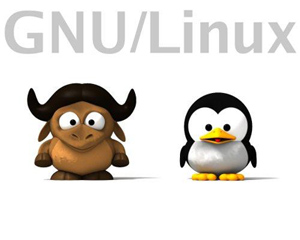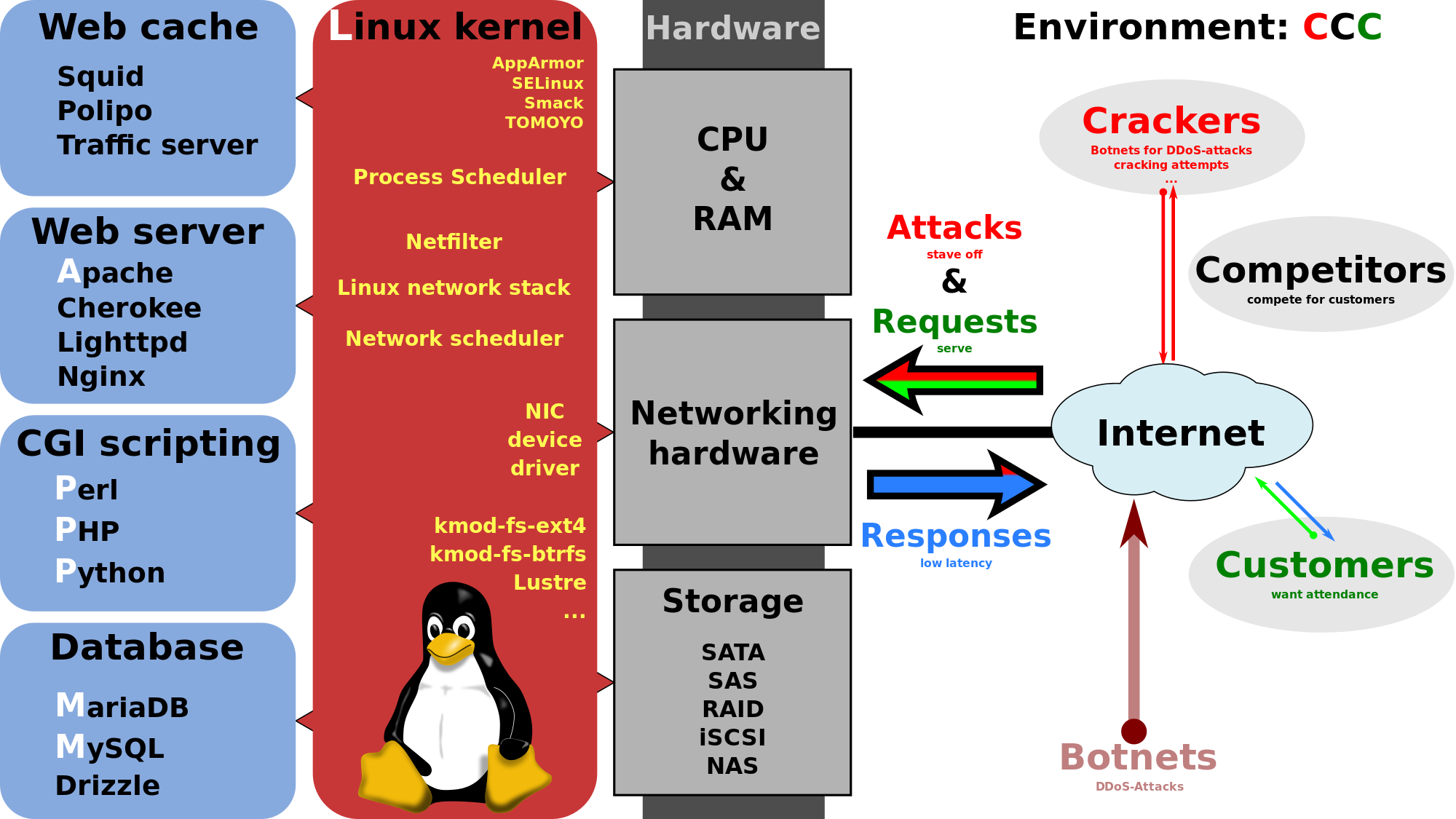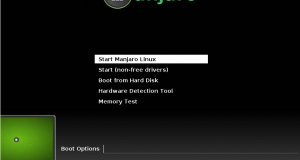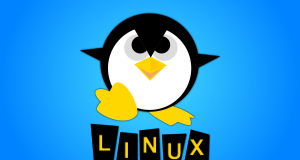Installing Manjaro Linux Let’s get started on its installation. There are two ways you can initiate the installation process for Manjaro. Download Manjaro ISO file and burn it to DVD and boot your system from this DVD drive. Create a Virtual Machine on your native operating system using any virtualization technology like VMware or Oracle Virtual Box and boot your ...
Read More »Basic Introduction of Manjaro
The rise of Manjaro has been nothing short of amazing. Based on Arch Linux, Manjaro provides an instant entry point into the world of Arch Linux. The setup of Manjaro is fairly straight forward and it performances very well on older and modern hardware. The learning curve for Manjaro is potentially a little bit steeper than the likes of Mint, ...
Read More »Restart, Start, Stop MySQL from the Command Line Terminal, OSX, Linux
To restart, start or stop MySQL server from the command line, type the following at the shell prompt… On Linux start/stop/restart from the command line: /etc/init.d/mysqld start /etc/init.d/mysqld stop /etc/init.d/mysqld restart Some Linux flavours offer the service command too service mysqld start service mysqld stop service mysqld restart or service mysql start service mysql stop service mysql restart On OS X to ...
Read More »Basic term on Linux Administration services
Q. What are the differences between a regular file and a directory. A. A directory is marked with a different file type in its i-node entry and it is a file with a special organization. Specifically, it is a table consisting of file names and i-node numbers. Q. Where are the file names stored on a file system? A.The actual ...
Read More »Basic Introduction of Ubuntu?
Ubuntu is the distribution that most people have heard of and consequently it is the first Linux based operating system that they try. The fact that Ubuntu is number 2 in the rankings might actually be down to the fact that because most people have heard of Ubuntu they go straight to the downloads page rather than to Distrowatch. This ...
Read More »Linux advantages – Major uses of Linux Operating System
Linux is the most popular open sources free operating system which is based primarily on the Linux Kernel OS. The first Linux software was launched in 1971 and was entirely programmed using assembly language. It became popular mostly because of its facility of providing open source software. This operating system has given unlimited advantages and privileges to its users. Easy ...
Read More »Basic Introduction of Debian?
Debian has been around for what feels like forever and it provides the base for hundreds of other distributions including Ubuntu and Linux Mint. Debian contains a set of repositories with an incredibly large number of applications available for users to install. The versions of Debian available on their site only install free software and there are no third ...
Read More »Basic Introduction of Fedora?
Fedora is cutting edge. There is less reliance on stability and more reliance on trying out new things. If you want the latest stuff now then Fedora is definitely the way to go. For new users though the installer itself is a bit of a tricky customer and you may find the odd issue as you go along. You should ...
Read More »How to list partition labels in Linux
This is a small post on how we can view list of assigned labels for partitions in Linux OS. We some times assign meaningful labels to partitions so that we can name them in /etc/fstab file for readability. For example most of the time we label boot partition with label as “boot”. So how can we see available or assigned ...
Read More »What is Logical Volume Manager (LVM) and what are the step to create LVM?
LVM stands for Logical Volume Manager. LVM, is a storage management solution that allows administrators to divide hard drive space into physical volumes (PV), which can then be combined into logical volume groups (VG), which are then divided into logical volumes (LV) on which the filesystem and mount point are created. The steps to create LVM are:- – Create physical ...
Read More » Linux Delhi India Linux Users Group – Delhi
Linux Delhi India Linux Users Group – Delhi














